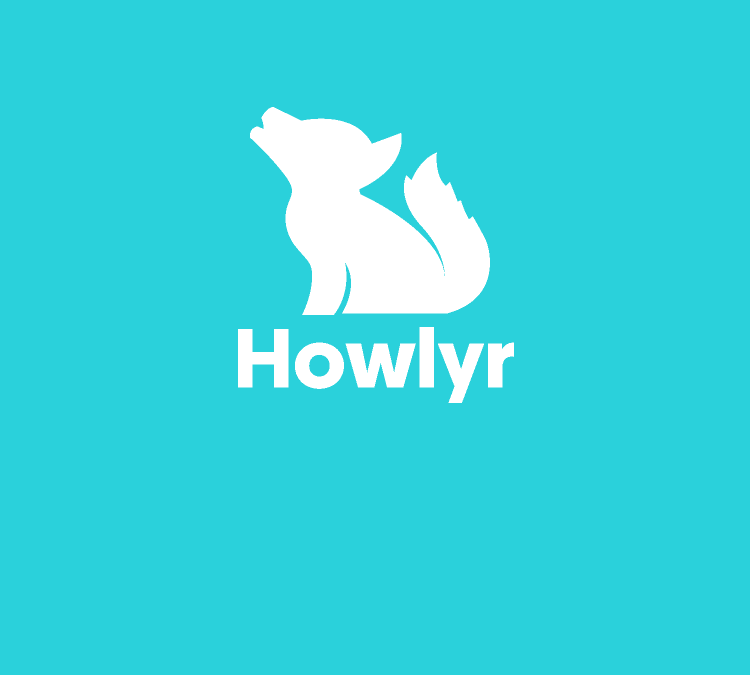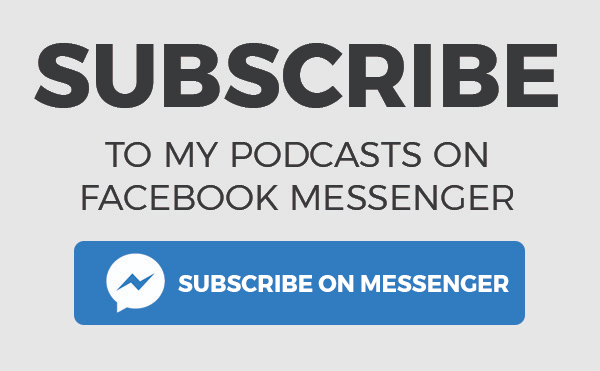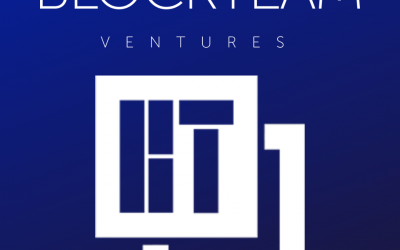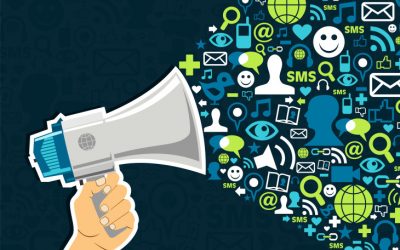You know the drill. I find the smartest, edgiest, and hopefully sexiest people I know who have the characteristics of entrepreneurship to contribute advice to The Chancebending Network. Today we’re talking to Brandon Jackson of Howlyr.
We asked Brandon Jackson where advertising trends are headed…
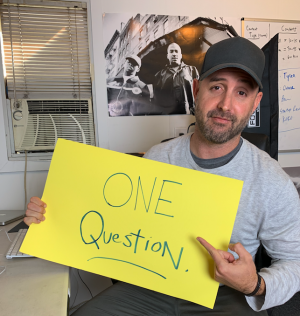
“In 2013, Kabam sponsored the CAL football stadium and pulled off an incredibly brilliant marketing strategy. Tradition at CAL dictates that when the team scores a touchdown, the “Victory Cannon” is fired. Kabam took advantage of this tradition and displayed the “Kabam” logo on the Jumbotron whenever the cannon was fired. This allowed Kabam to piggyback off of the subconscious, positive association created between the cannon and scoring a touchdown. The fans, in turn, began to associate Kabam with “good things” (i.e., scoring and winning).
It is no secret that audio-based communication technologies are increasingly popular (e.g., podcasts, virtual assistants like Siri, smart speakers like Amazon Alexa, Apple’s Animoji, etc.). As audio becomes increasingly integrated into daily-life, more brands will begin to utilize audio in branding and marketing efforts to create subconscious positive associations with their brands, just as Kabam did at CAL. This is especially true and important for brands to consider as they struggle to grab consumers’ attention. Ours hands are occupied by ours phones and there is a constant, overwhelming amount of visual content being thrown at people. Audio, through our ears, is new(er) real estate that can and will be used to create brand exposure while consumers’ hands and eyes are occupied.
Audio will further proliferate with the mass adoption of wireless headphones, like Apple’s AirPods. While consumers mocked AirPods early on, they have become a symbol of fashion and trendiness, as well as a big part of meme culture on social media. They are less cumbersome than wired headphones, and allow consumers to stay “plugged in” more often, thereby providing more opportunity for people to consume audio content at work, in school, on-the-go, etc.
Not only will this be significant in branding, but this will allow for the next evolution in text-based communication. It is obvious that texting and social media have replaced in-person conversations as the preferred means of communication. With the introduction of the smartphone, we have seen text messaging evolve from text-only, to Emojis becoming a language in and of themselves, to other fun ways of enhancing (and replacing) our language through multimedia (such as GIFs, Snapchat, Bitmojis, stickers, etc.). Audio is the inevitable next evolution of modern communication, integrating both personal soundbites (inside jokes or people trying to create audio memes) and pop culture soundbites into pre-existing messaging and social media platforms. Audio is particularly important because it allows people to convey an emotion and sentiment that words and images alone cannot.
The transition to audio will further usher in a new form of media. While YouTube created a new market for short form video content, allowing anybody to be a content creator and to become an “influencer,” we have yet to see the same transition in the music and audio space. Ultimately, both, audio technologies and the incentive to create shorter content due to royalty distribution mechanisms on music streaming platforms like Spotify, will allow for the new category of short form audio to become prevalent.
Finally, trends in technology and consumer habits are only part of the story. Courts are beginning to apply the Americans with Disabilities Act (ADA) more broadly to websites and apps. Courts are requiring companies to implement accessibility features onto their platforms for visually-impaired consumers. Accordingly, this will make audio integration more common not only due to consumer habits, but due to legal requirements.
These are the trends that my company, Howlyr, is leveraging. Howlyr augments peoples’ experiences on existing chat and social media platforms by allowing users to replace their language with pop culture and personal soundbites (like GIFs, but audio only), and to “caption” (i.e., attach) these soundbites to their personal photos when sharing to those platforms. The app also provides users with the tools to create audio memes and other short form audio content, which can then be played and shared by other users.”
When we started The Chancebending Network, we had people like Brandon in mind. Whether it’s in the advertising world or a startup, our goal is to connect entrepreneurs with the right information when they need it. We’re doing this with online coaching, access to a community of professional entrepreneurs, and business advice.
To learn more about our entrepreneurship community, check out the Chancebending Network now.

